
Leader in Polymer
Optics Manufacturing
Delivering innovative, manufacturable polymer optical solutions for medical, automotive, consumer, and defense applications.
Your partner In
in Precision Polymer Optics
From Concept to Scalable Manufacturing
We work with product teams who need optical components that deliver performance, reliability, and scalability. From rapid prototypes to millions of molded parts, Apollo Optical Systems ensures your design is manufacturable — without compromising optical quality.

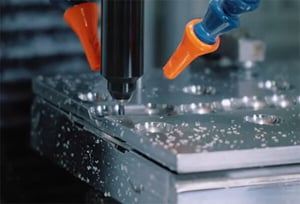
Need a Custom Optical
Component or Assembly?
Our Capabilities
From Design to Manufacturing
From Design to Manufacturing
All Under One Roof
Backed by decades of experience, our in-house capabilities include optical and mechanical design, single point diamond turning (SPDT), polymer injection molding, optical system assembly, and metrology and testing.

TOUCH
Optical and Mechanical Design
Optical and Mechanical Design
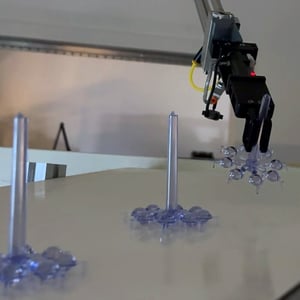
TOUCH
Polymer Injection Molding
Polymer Injection Molding
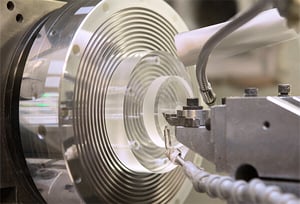
TOUCH
Single-Point Diamond Turning
Single-Point Diamond Turning

TOUCH
Diffractive Optics
Diffractive Optics
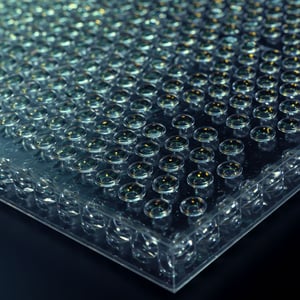
TOUCH
Microlens Arrays
Microlens Arrays

TOUCH
Evaporative Coatings
Evaporative Coatings
Optics That Power Critical Industries
From life-saving medical devices to mission-critical defense systems, our solutions help customers innovate faster while reducing cost and complexity.
Automotive
Lightweight, impact-resistant polymer optics are advancing automotive technologies
Read More
Medical
High performance components for challenging optical requirements
Read More
Tactical
Flexible and lightweight polymer optics for precision tactical devices
Read More
Consumer
Custom optical components for AR/VR, cameras & more
Read More
Lighting
Versatile polymer optics for enhanced light control and efficiency
Read More Defense Durable optics for a wide range of defense systems & sensors Read MoreWhy Apollo?
The Apollo Optical Systems Advantage.
1
Legacy of InnovationOver 30 years advancing optical technology2
Manufacturing ExpertiseIn-house tooling, molding, and metrology3
ScalabilityFrom prototypes to millions of production parts4
Certified QualityISO-certified processes and precision testing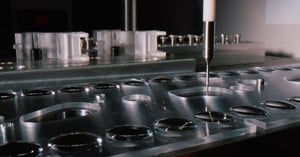
Ready to Bring Your Optics Project to Life?
Let’s design and manufacture optics that meet your performance, cost, and time-to-market goals.
Optical Insights
Apollo Insights and Thought Leadership
Stay ahead with expert guidance on design, materials, and manufacturing trends.

